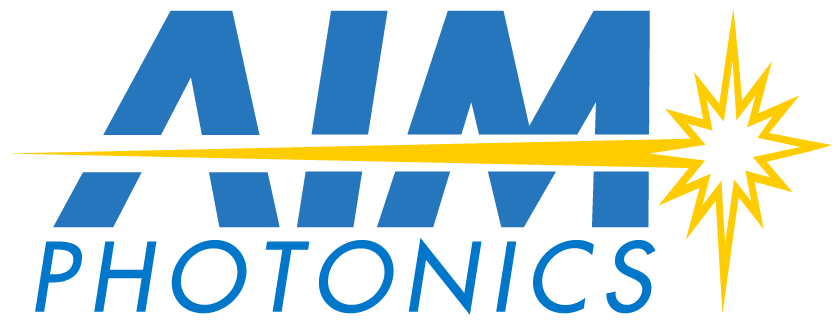PIC Sensor Design and Fabrication
DURATION: 4 weeks online instruction, plus 4 weeks to complete design
DATES: September 29 - October 27, 2025 (online instruction); final design submissions due on November 24, 2025
COURSE COMMITMENT: 10-15 hours a week
PREREQUISITES: A background in silicon photonics is strongly recommended. Prior completion of AIM Photonics’ PIC1 course (Fabless Design of Photonic Integrated Circuits) is also recommended, but not required.
INSTRUCTORS: Prof. Juejun Hu (MIT); Prof. Carlos Rios (University of Maryland)
Course Description
This instructor-led online course provides an introduction to the fabless design of silicon photonic integrated circuits (PICs) specific to photonic sensing applications.
Participants are guided through a step-by-step design sequence that culminates in a tape-out of a sensor PIC chip suitable for fabrication through AIM Photonics’ multi-project wafer (MPW) services.
Each course module begins with an introduction to the design principles and modeling protocols for each type of sensor. Participants are then walked through the process of designing the sensor chip using EPDA software from K-Layout and Lumerical.
The course will cover:
Design of various sensor devices and sensing modes, including micro-ring resonators, MZI sensors, and interferometer sensors for biological sensing via refractive index shift
Waveguide spectroscopic sensors with integrated spectrometers for chemical detection through absorption and Raman spectroscopy
FDTD simulation optimization of the devices and S-matrix modeling of sensor PICs
For each sensor type, we will discuss:
Design for performance: guiding principles
Device modeling
Mask layout based on PDK
Design for test & packaging
All simulation and example design files discussed in the course will be made available for download.
Registration
Registration is now closed.
The cost to register for this course is $349 for AIM Photonics Full Members and U.S. Department of Defense employees and $499 for non-members.
The registration fee includes 100 hours of user access to the AIM Photonics Virtual Design Center, hosted by Nimbis Services, Inc., to work online with the industry-standard software and PDK library components to create an integrated photonics circuit design project.
Course Instructors
Prof. Juejun (JJ) Hu is currently the John F. Elliott Professor of Materials Science and Engineering at MIT. His research primarily focuses on integrated optics and photonics. Prof. Hu has authored and coauthored more than 150 refereed journal publications. He has been recognized with the SPIE Early Career Achievement Award, the Robert L. Coble Award from the American Ceramic Society, the Vittorio Gottardi Prize from the International Commission on Glass, the NSF CAREER award, and the DARPA Young Faculty Award, among others.
Prof. Carlos A. Ríos Ocampo is a Colombian scientist working at the intersection of Photonics and Materials Science at the nanoscale. Carlos joined the University of Maryland, College Park, in August 2021 as an assistant professor with a joint appointment between the Institute for Research in Electronics and Applied Physics (IREAP) and the Department of Materials Science and Engineering. Before this, Carlos was a Postdoctoral Associate at MIT, received a DPhil (PhD) degree in 2017 from the University of Oxford (UK); a Master’s of Science degree in Optics and Photonics in 2013 from the KIT (Germany); and a Bachelor’s of Science in Physics in 2010 from the University of Antioquia (Colombia). Carlos’s scientific interests focus on studying and developing new on-chip technologies driven by nanomaterials and photonics. Carlos has extensively studied Chalcogenide Phase-Change materials for nanophotonics—some of his results represent the pioneering work and IP for this emerging field—and photonic integrated circuits for, among others, on-chip digital Fourier spectrometers. Carlos was named one of the ten Rising Stars of Light in 2021 by the Journal of Light: Science & Applications.



